32 fun facts about ragdoll cats
Check out these 32 fun facts about ragdoll cats, number 7 will surprise you!
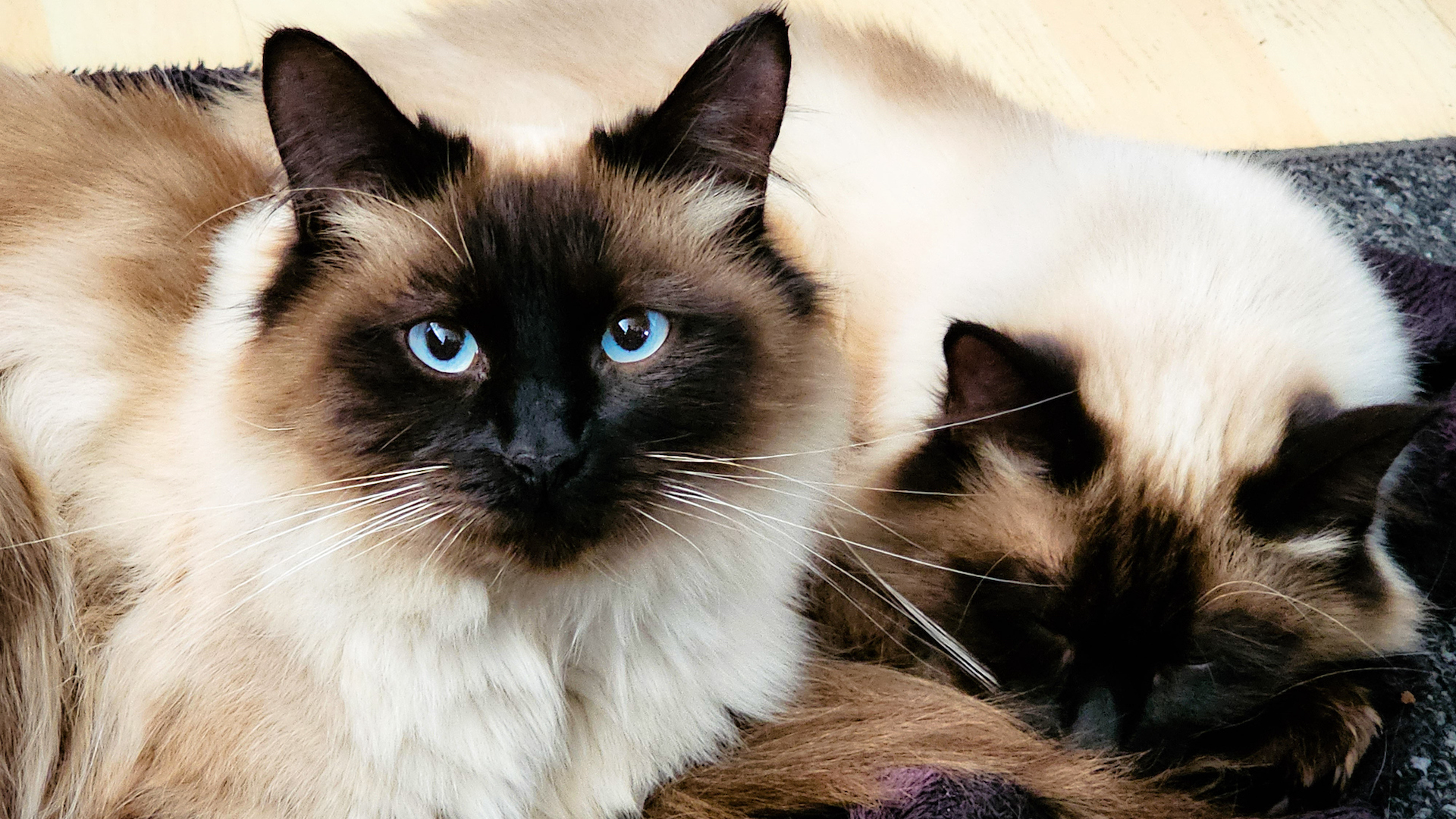
Ragdoll cats fittingly epitomize the rags-to-riches theme, with their development from street cat origins to become arguably the most popular and glamorous feline breed in the world.
Beloved by celebrities, cherished by cat fans – and even those who thought they were really “dog people” – this long-haired cat breed is not only stunningly beautiful on the outside, but has the personality to match. They have super playful personalities so will definitely enjoy playing with some of the best interactive cat toys.
For the ragdoll is no ordinary cat. With its captivating blue eyes, appealing markings, and delectably soft, rabbity fur, the ragdoll has enchanting physical and character traits that enhance its allure.
Let’s take a look at some of the most fascinating facts about the wonderful ragdoll cat.
32 fun facts about ragdoll cats
1. Ragdoll by name and nature
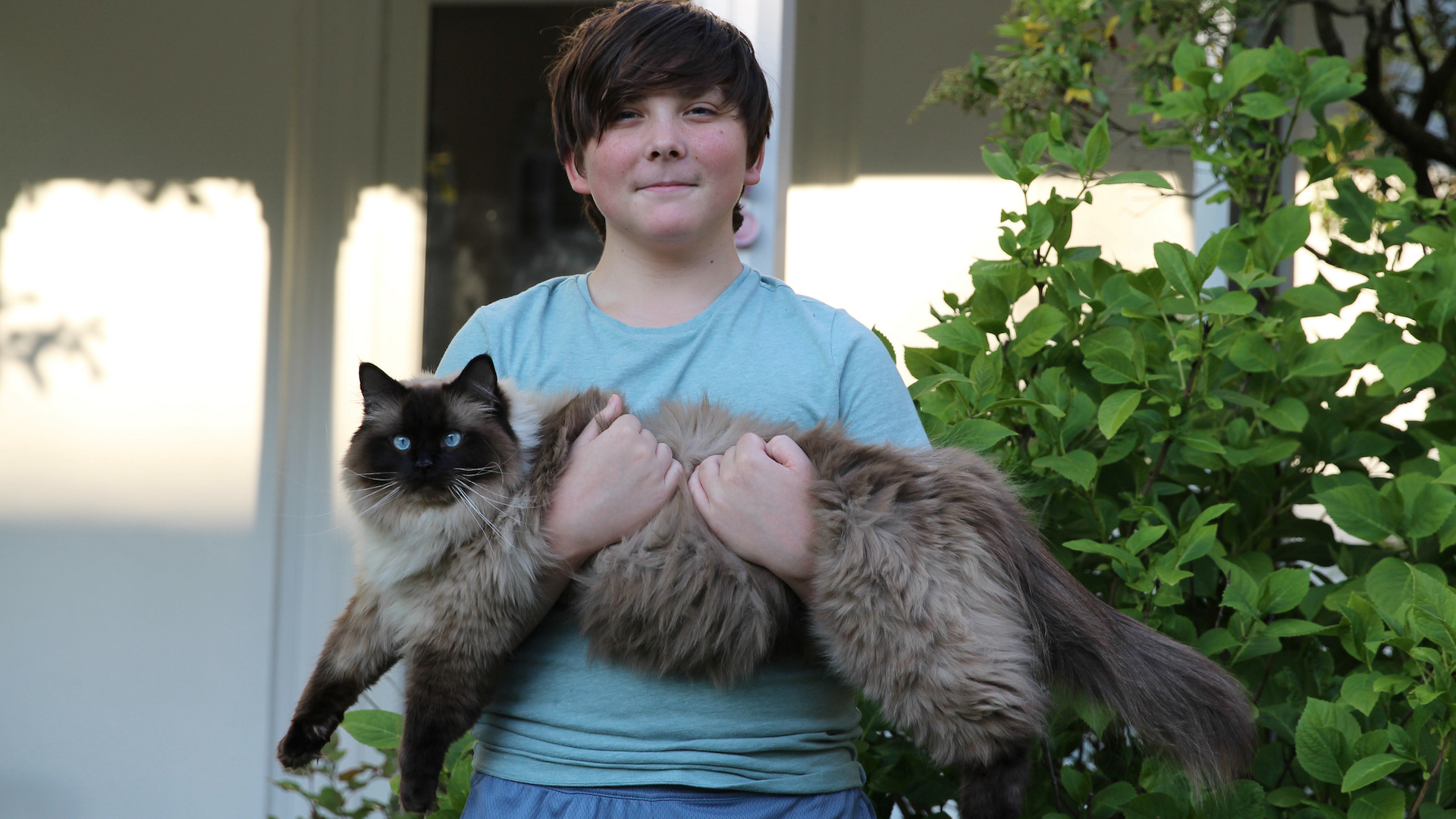
Ragdolls are so-called because of their propensity to go floppy when they are picked up – just like a ragdoll. Not all individuals go limp, but in general, it shows how super relaxed they are in human company. However, like all pets, they still need careful handling. So knowing how to pick up a cat correctly is important.
2. Born white
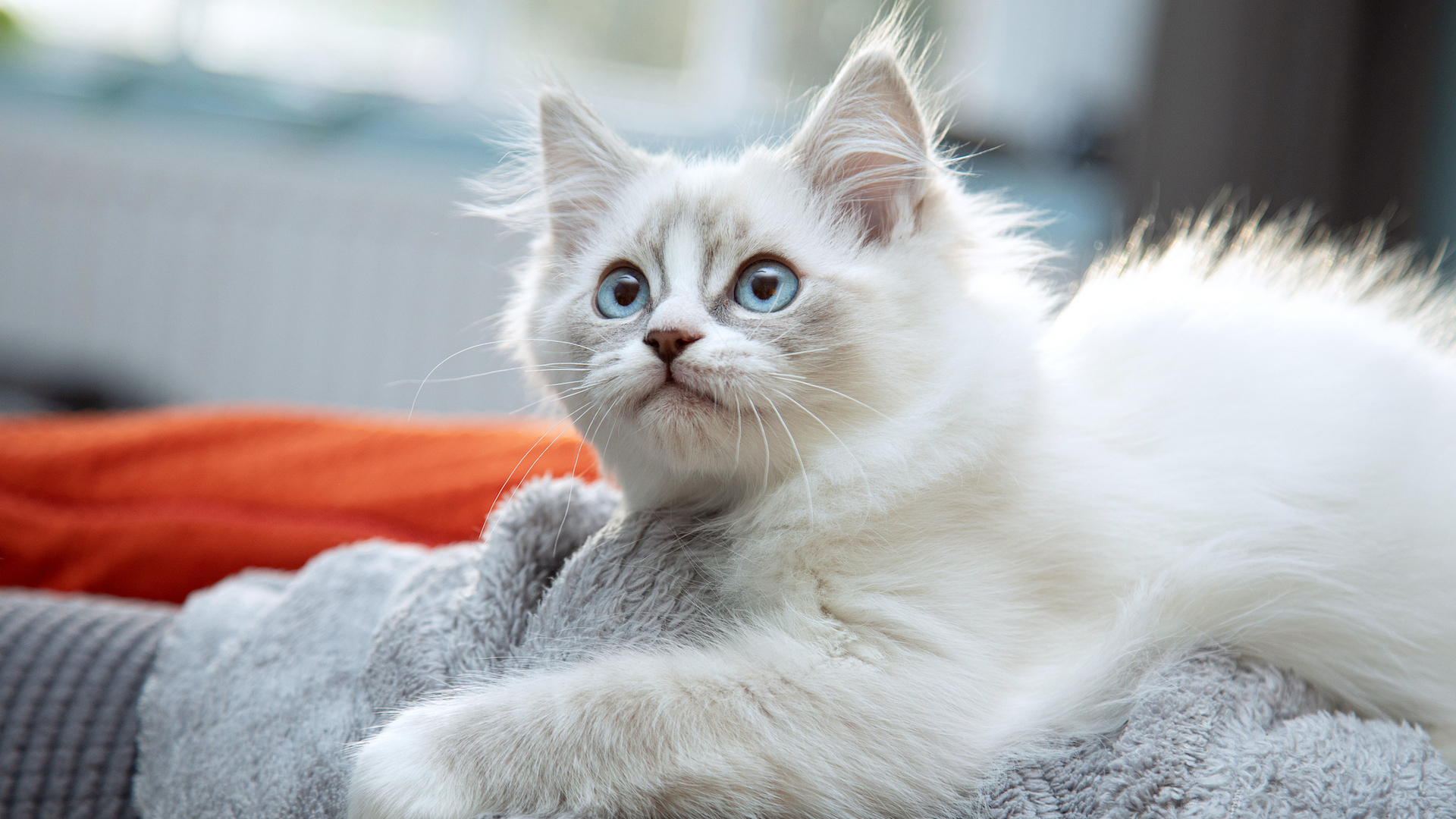
They are born pure white but quickly start to develop their color within two weeks of their birth. They have pronounced color by eight to 10 weeks, but don’t reach their fully mature color until they are at least two years old.
3. Large size

The name ragdoll belies the fact that this is a large feline breed, and not at all doll-like in size. In fact, it is one of the largest domesticated cat breeds, with males reaching up to 20lb, making it one of the largest cat breeds in the world.
Get the best advice, tips and top tech for your beloved Pets
4. Temperature-controlled color

Due to a complex genetic mutation, a ragdoll cat’s coloration is dependent on its body temperature in certain areas. The lower the temperature on a particular body area, the darker the fur. This means that the extremities such as paws and ear tips will gradually go darker, while the warmer areas such as the trunk stay pale.
5. Reverse ageing
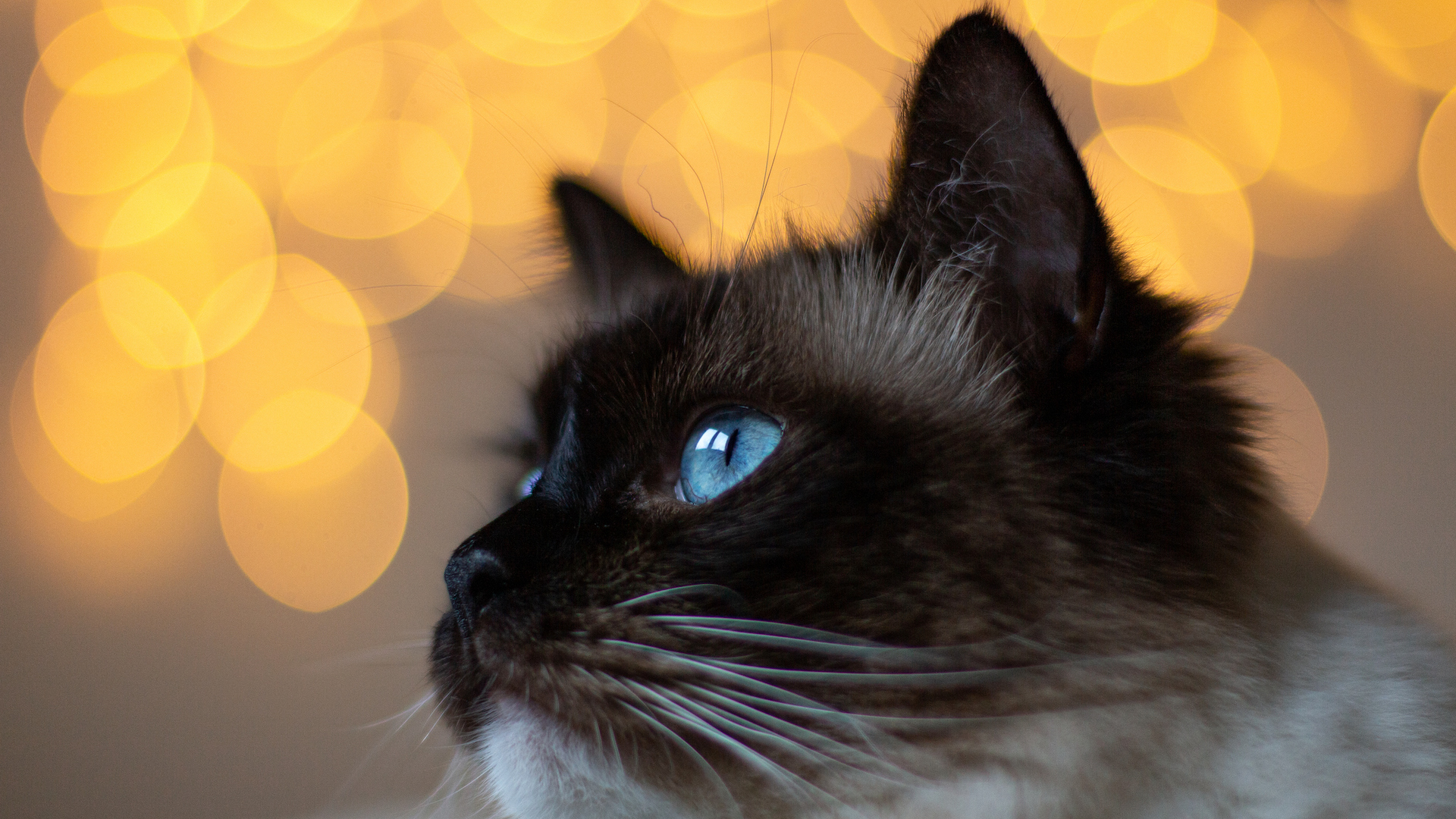
Human hair, and many animals, tend to go grey as they age. However, a ragdoll cat is the opposite. While their fur changes quickly from pure white to darker points while they are kittens, and then maintains a more steady color, as their metabolism gradually decreases through the years, their extremities will get even darker, and the dark areas will spread.
6. They play fetch
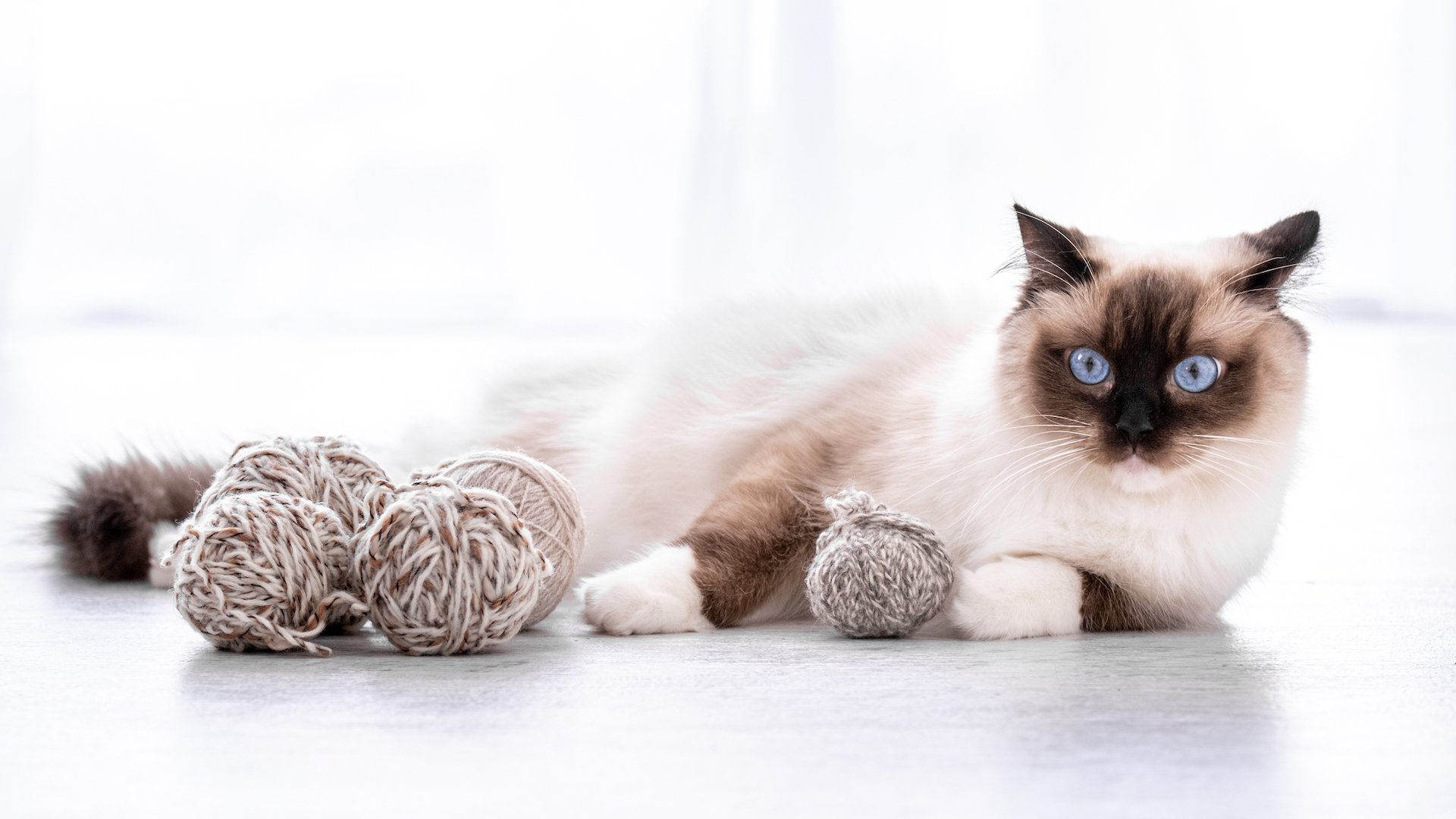
How many cats do you know that play fetch? If it’s none, the chances are you’ve never tried it with a ragdoll. They can be fairly dog-like in their behavior, forming close bonds with their owner, and often love playing fetch. A good game of fetch can be just one of the ways to workout with your pet, ensuring both you and your kitty get some exercise in.
7. Tufty toes
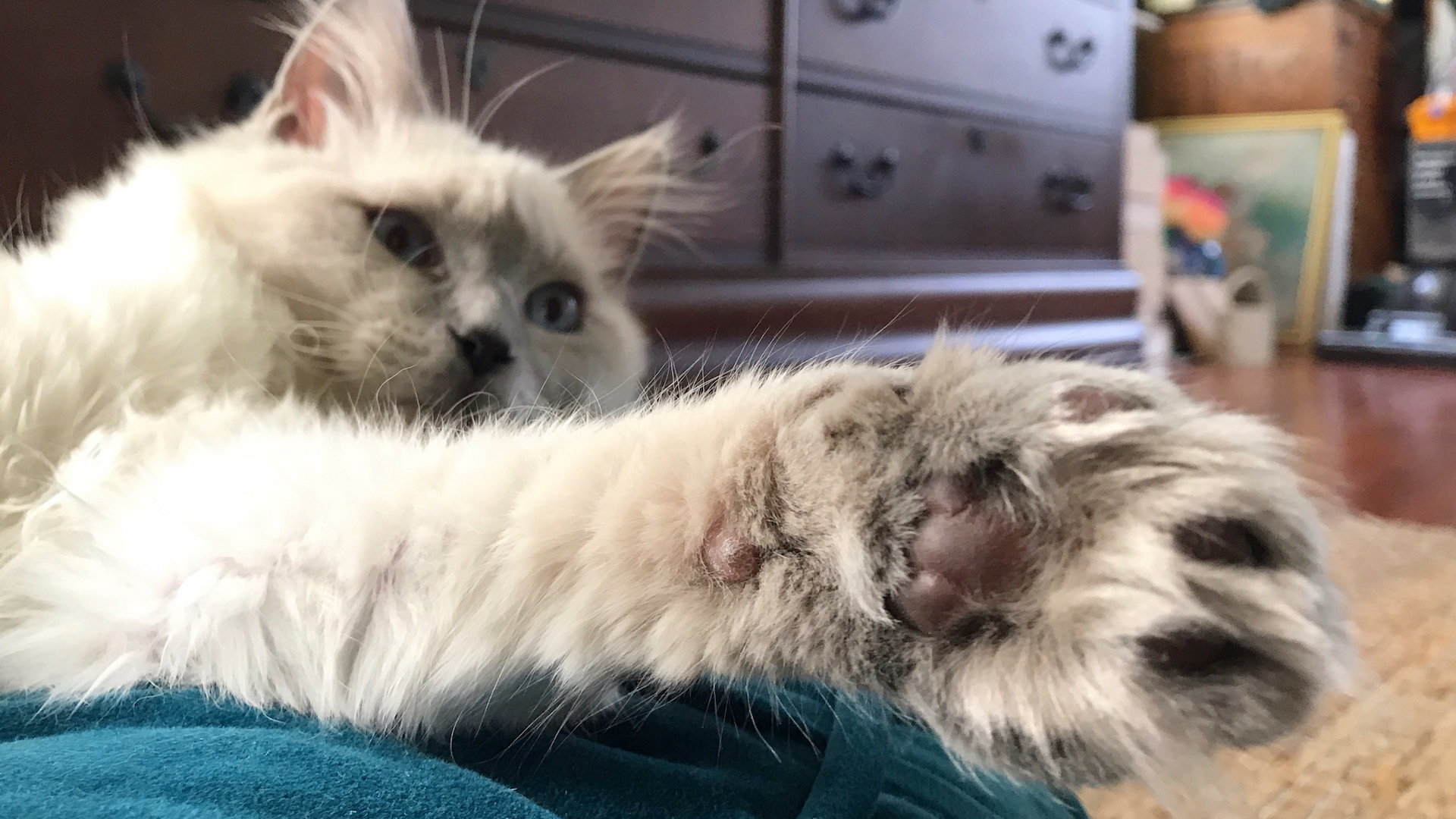
Ragdoll cats have tufts of hair in between their toes on all four feet. Ragdolls are sensitive to the cold, and this provides insulation, as well as prevents them from sliding on icy or slippery surfaces.
8. A new breed
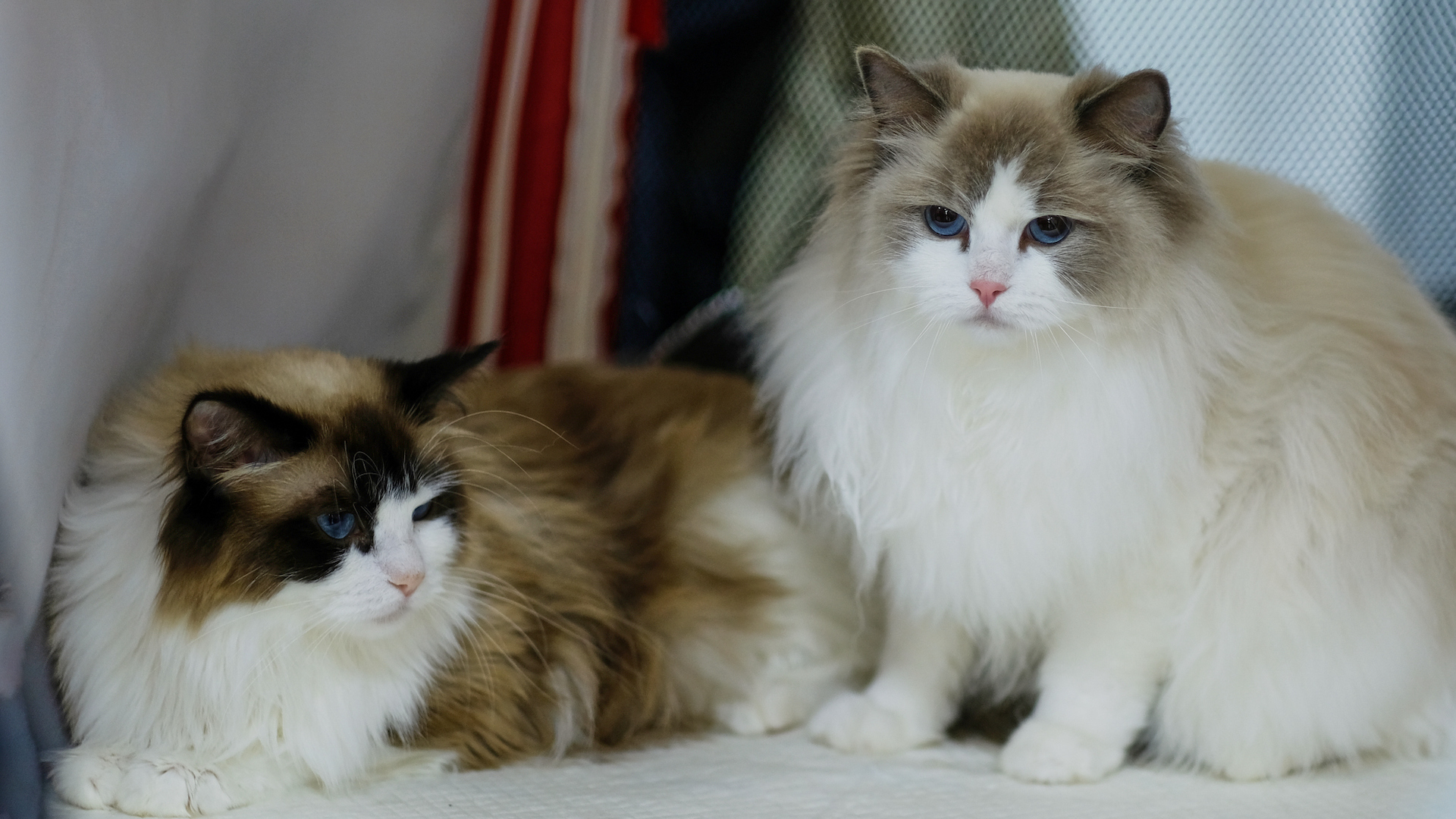
Ragdolls are a fairly recent cat breed, having only been established in the 1960s by a breeder named Ann Baker in the US, and recognized as an official breed by the Cat Fanciers’ Association since 1988. All modern ragdolls descend from a white Angora-type, by the name of Josephine, who was a free-roaming cat from Ann’s neighborhood. Ann managed to get hold of three of Josephine’s kittens, Daddy Warbucks, Buckwheat, and Fugianna, who may have had Burmese and Birman origins but as they were semi-feral, no one can be entirely sure.
Ann aimed to produce a breed resembling Daddy Warbucks, who was a seal mitted with a white nose blaze and white-tipped tail.
9. Beautiful blue eyes
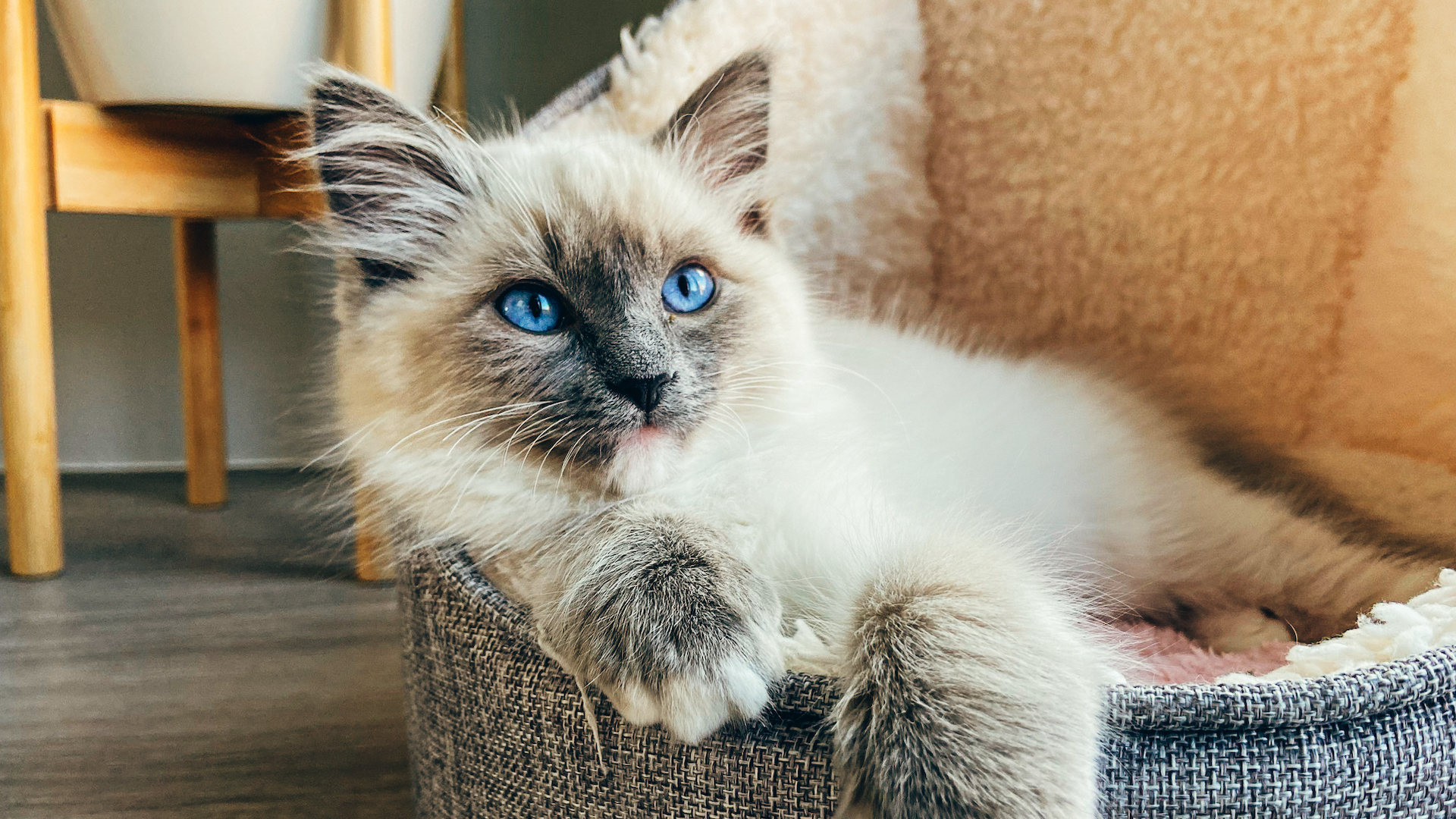
Ragdoll cats are famous for their captivating blue eyes, which stand out from their stunning colored coats. All purebreds should have blue eyes, varying from pale to deep, almost navy, blue.
10. Luxuriant coats, here to stay
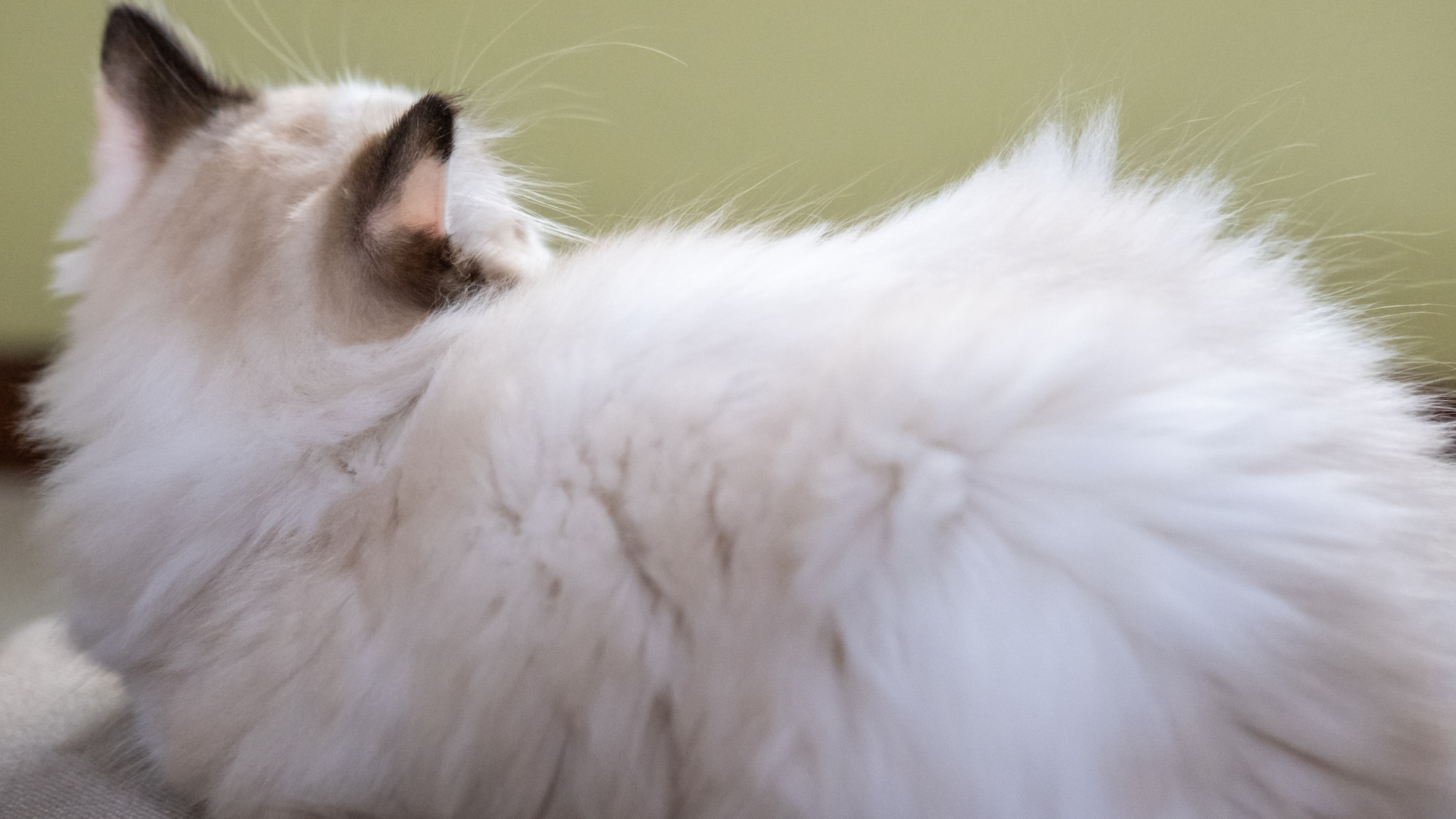
Although a ragdoll cat’s plush silky coat may look like an allergic nightmare, they have no thick, dense undercoat, which means that there is minimal shedding. Regular grooming with one of the best cat brushes will also help.
They are not hypoallergenic as they do still shed, but not as much as you might expect given their glorious bouffant.
11. Slow to grow
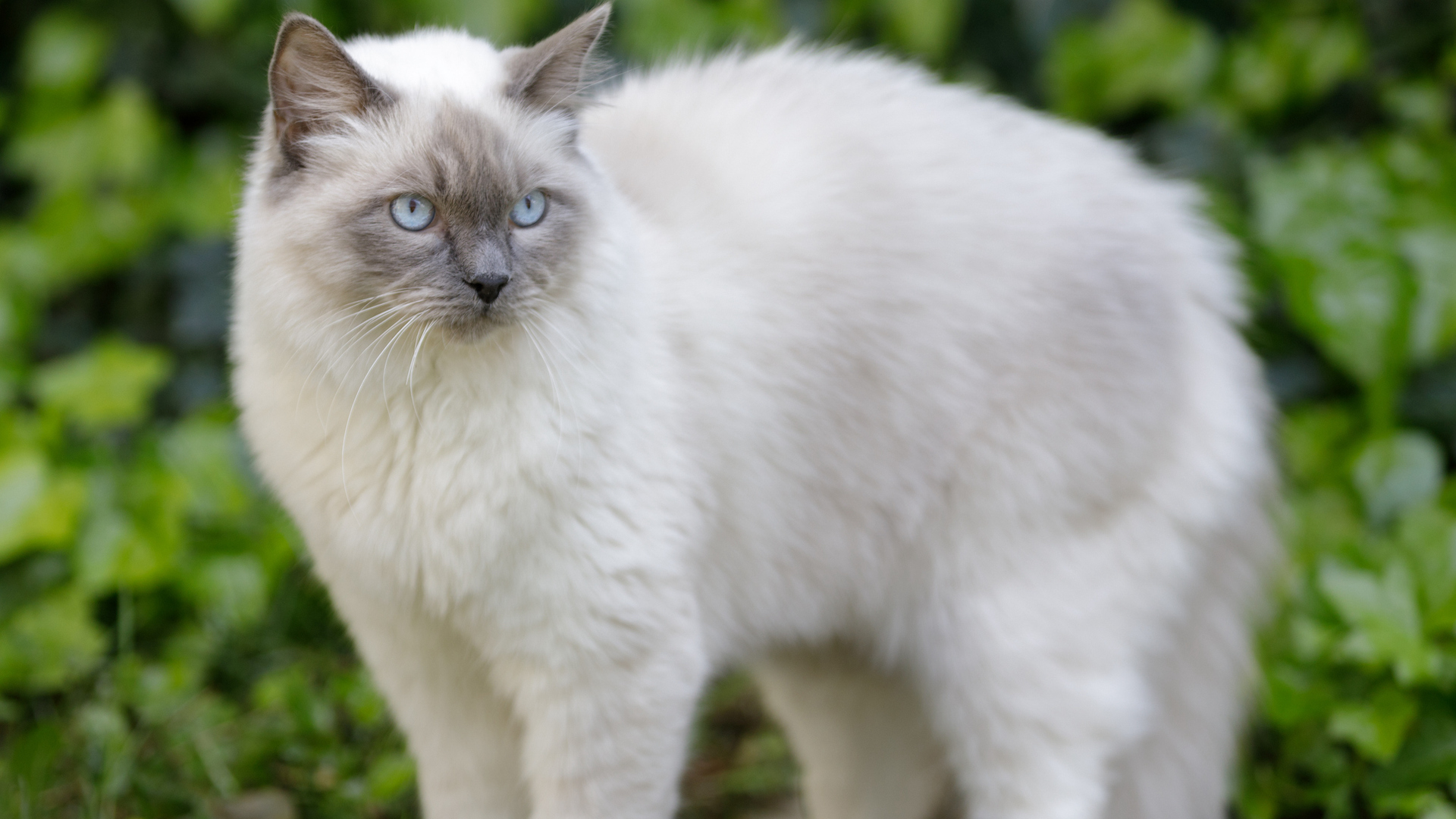
Ragdoll cats don’t reach full maturity, in terms of their size and weight, until they are around four years old.
12. Shades of grey
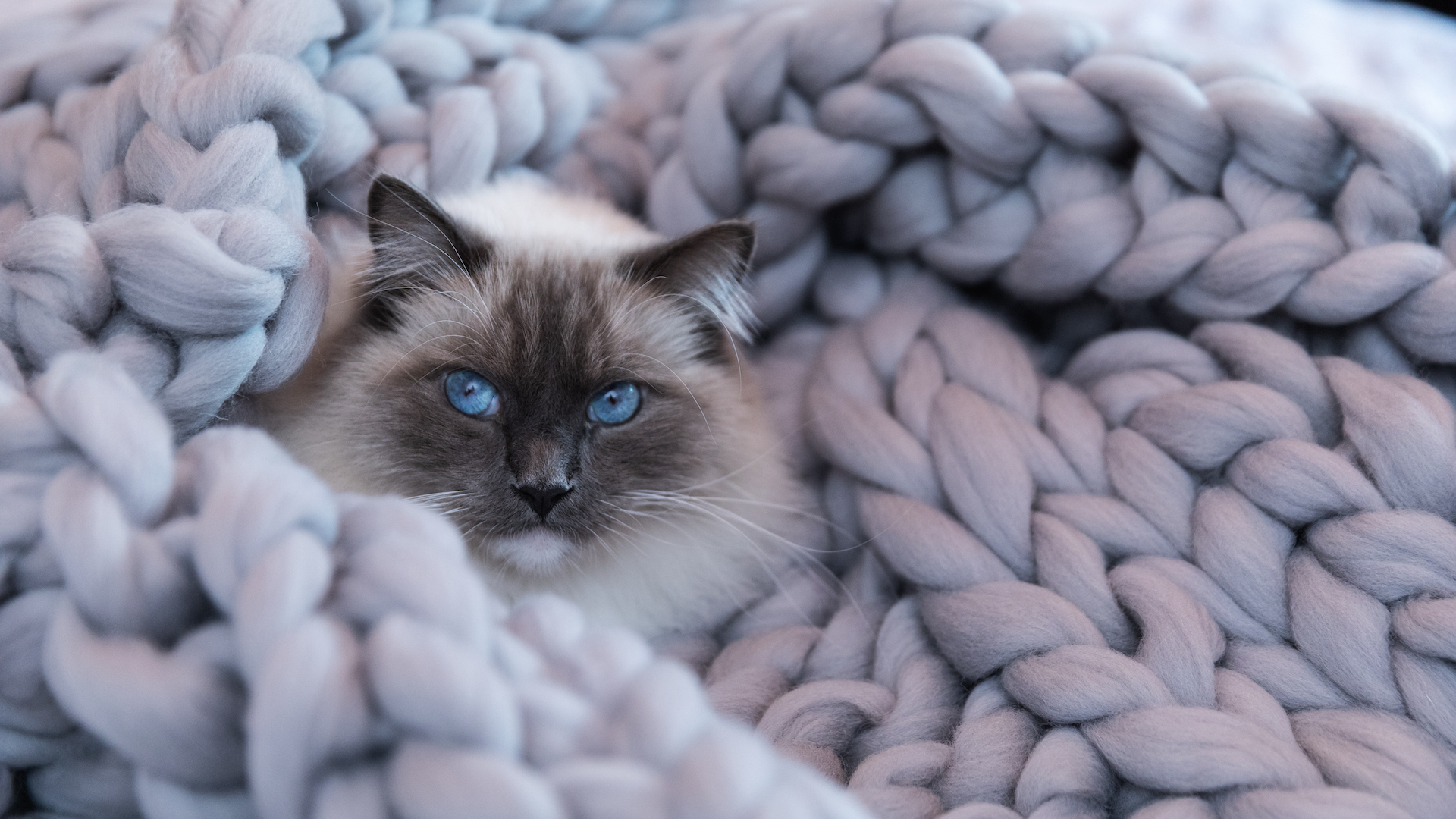
The ragdoll’s beautiful coats come in the following appealingly named colors – broad shades of cream, beige, and grey. These are seal, blue, chocolate, lilac, red, cream, seal tortie, and blue tortie. But it doesn’t stop there, with the various patterns giving dozens of possible permutations in their appearance.
13. Ragdolls are always pointed
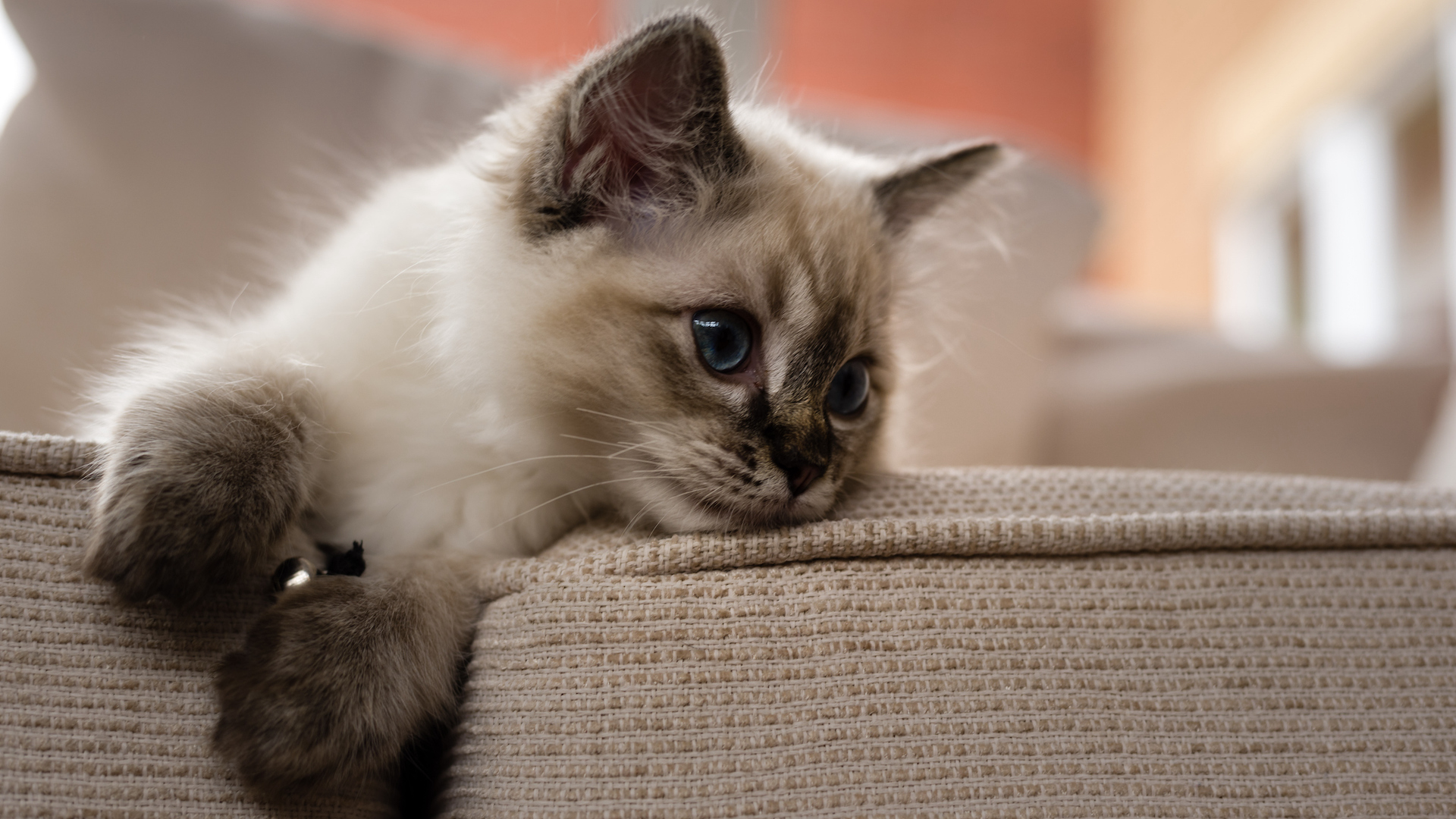
Ragdolls are characterized by their pointed coat, which simply means that they typically have darker extremities and a paler body. However, if they are mitted, they have white points – like they are wearing mittens!
14. Dipped in chocolate

You would be forgiven for imagining the chocolate-colored ragdoll to be brown all over, but in fact, it has an ivory body, with just its points a warm chocolate color. White and milk chocolate – truly scrumptious!
15. Over 100 color and pattern permutations

According to the Ragdoll Standard, there are 60 color and pattern permutations possible from the combinations of genes governing the eight colors and three patterns (mitted, bi-color, and colorpointed), and 120 when you take into consideration the extremes of the pattern (high-mitted, mid-high white and high white).
16. Puppy-cats

If you like dogs, you’re sure to love ragdolls, because they often behave just like their canine counterparts. They greet you at the door (most cat breeds are far too aloof to make you think they actually need you), play fetch, follow their humans around the house, and even enjoy outings on one of the best cat harnesses. And you know what makes them even better than a dog? They purr!
17. The most popular breed
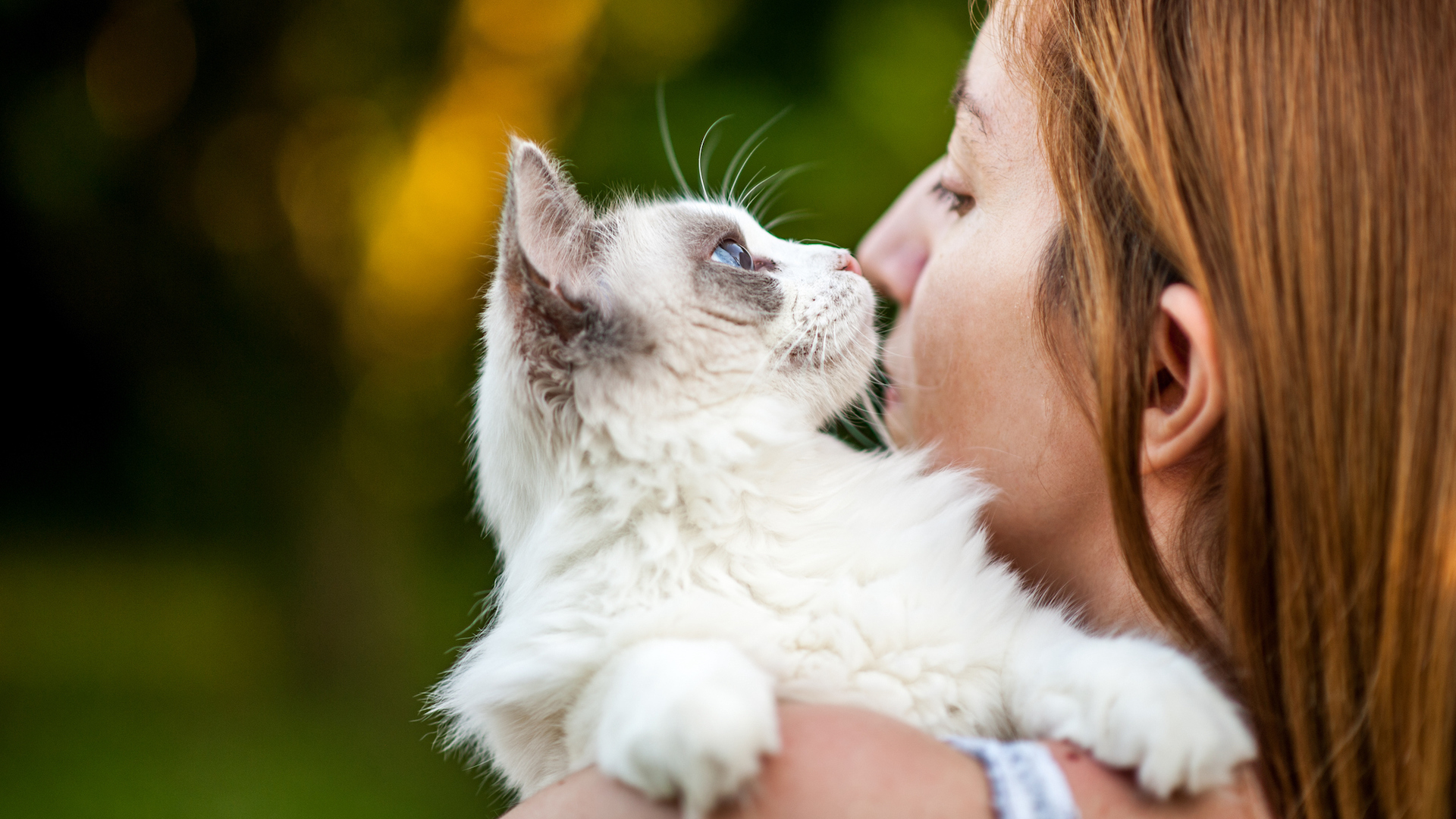
Every year the Cat Fanciers’ Association releases a list of the most popular feline breeds. In 2023, for the fourth consecutive year, the mellow ragdoll was crowned top cat.
18. They aren’t street smart

They may have street-cat ancestry but the modern ragdoll is far from street-smart. They’re much more likely to be a homebody who not only sucks at defending themselves from possible threats but is also lousy at hunting for their own dinner. That’s your job, cat owner.
19. Vanity cases
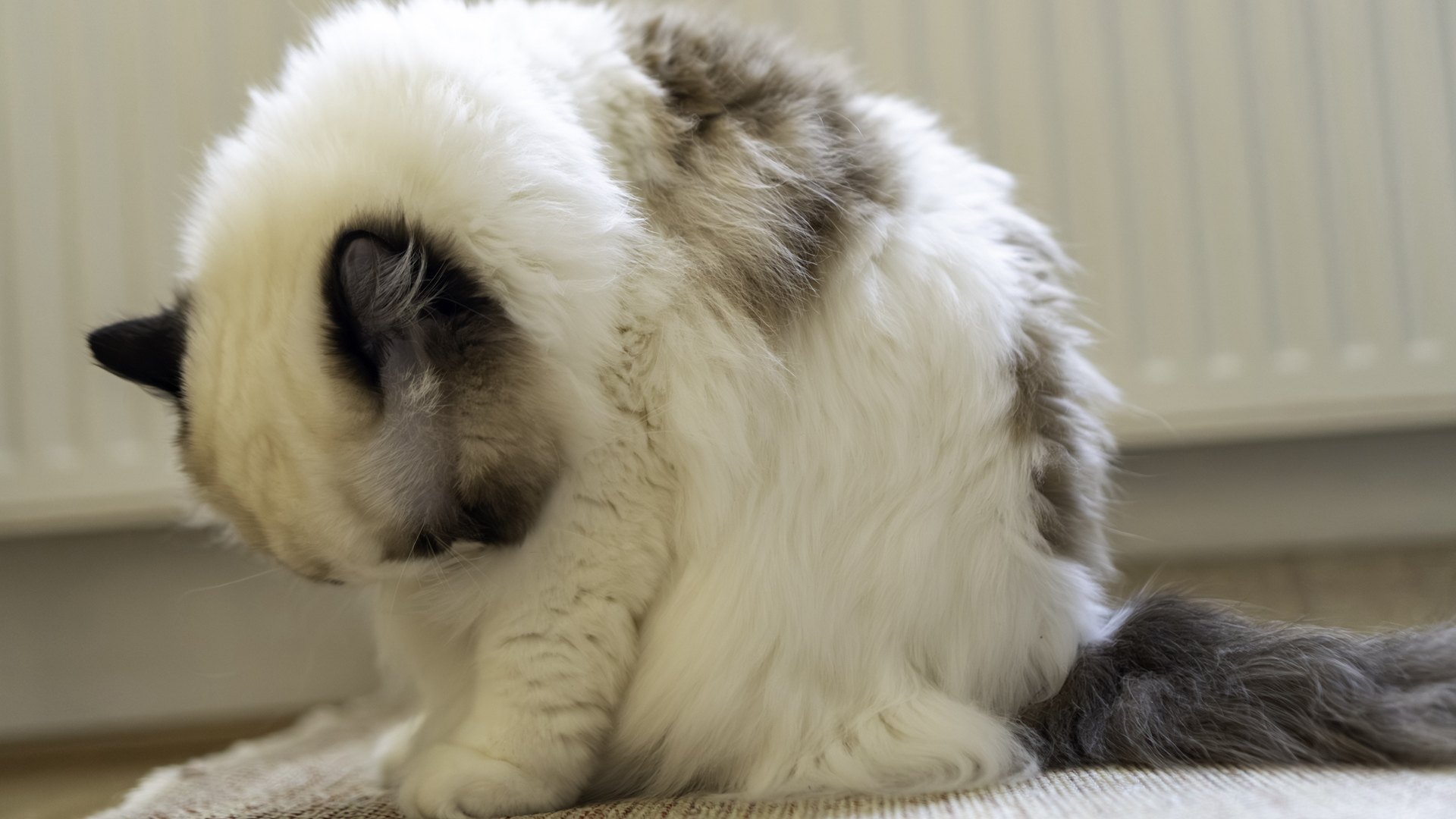
Ragdolls are known for being very particular about their appearance. It takes a lot of work to look this good! They are typically prolific self-groomers, with sometimes obsessive licking and cleaning. Watch out for the hairballs...
20. Trainability

Many cat breeds are not particularly trainable, however the clever ragdoll not only responds well to training but enjoys it. They can easily learn to play fetch, or hide-and-seek with their humans, or how to walk on a leash. Spending this quality time together is just one reason to train your cat.
21. Rabbit fur

A ragdoll’s soft, silky, luxuriant fur is often likened to a rabbit’s. Just as well they love human company as it’s hard to stop stroking them – and they’re rather more tolerant than your average bunny, which is just one of the facts about rabbits that might surprise you.
22. Your friendly stalker
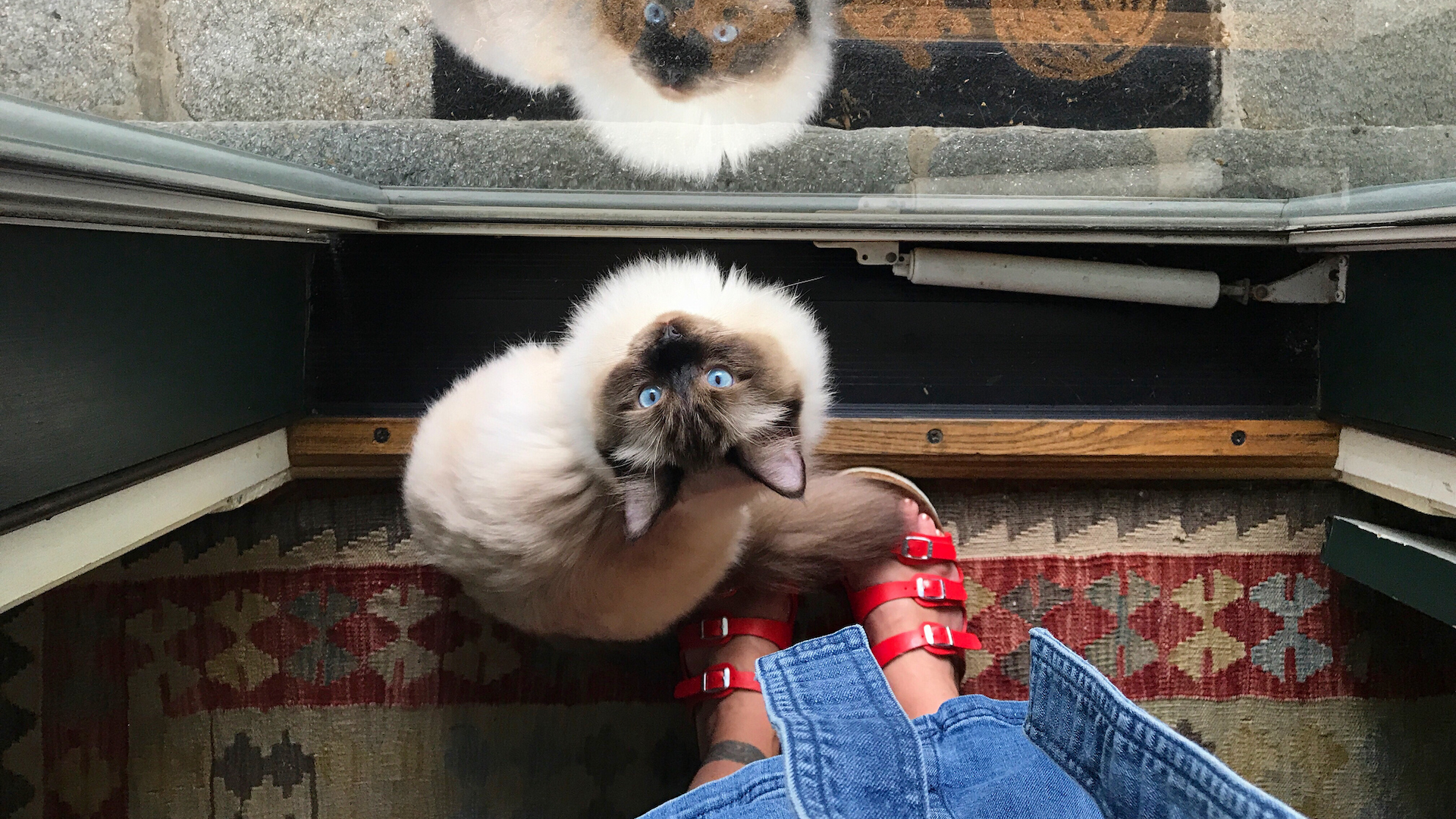
While many cats are a trifle independent, your average ragdoll will follow you around the house, always wanting to keep an eye on your whereabouts. Which is mostly endearing, except for when you are trying to carry heavy items around and they keep tripping you up.
23. A furry blanket

Ragdolls often enjoy human company so much that they will seek out any opportunity to lie on top of you. On the couch, your favorite armchair – even when you’re in bed. And bear in mind their size – at up to 20lbs you’ll find that furry weight hard to shift!
24. They aren’t deaf

There is a common myth that ragdoll cats are often hereditarily deaf. This isn’t true, according to Cornell Feline Health Center. It is s likely to stem from the fact that a high percentage of pure white cats (which ragdolls are not) with blue eyes do suffer from genetic deafness.
25. They feel pain
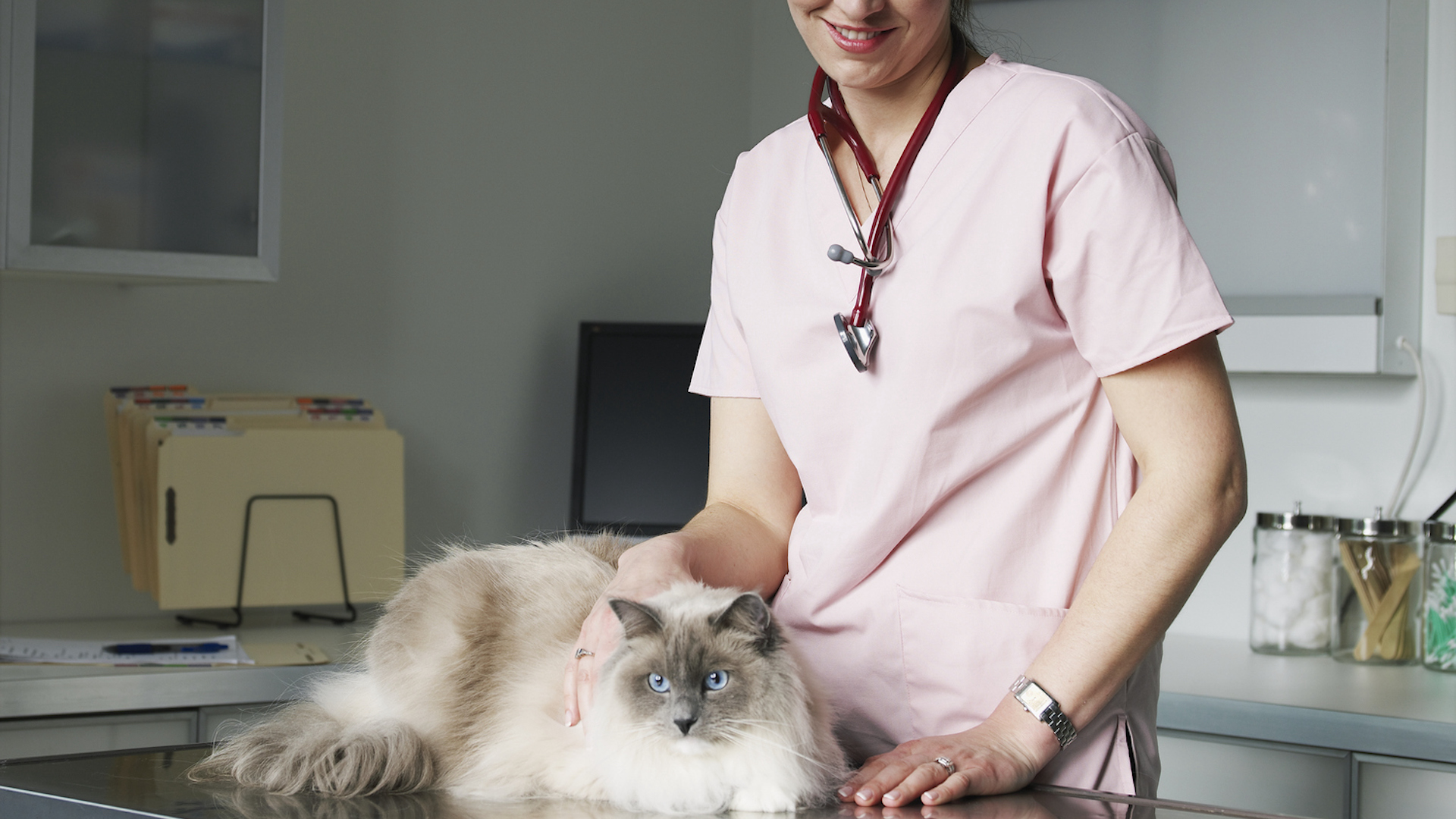
It may seem obvious that a ragdoll, like any other animal, feels pain. However, there is a myth that ragdolls are impervious to pain. There is actually no indication that ragdolls are any less sensitive to pain than any other cat breed, however because ragdolls tend to be quiet cats, they may not “voice” their discomfort – howling or meowing – quite so readily as others, so owners need to be observant to any behavior and personality changes.
26. No fan of the great outdoors

Ragdolls are most certainly indoor cats. Wet grass, mud, and nasty weather aren’t their thing. Plus, they don’t have great survival skills, they are prone to most common illnesses in cats, and they don’t do well free-roaming. They are too kind-natured and trusting for their own good. If you do want to take them outside, it’s best to know how to leash train a cat, for their safety.
27. A majestic ruff

As a ragdoll matures, they develop a fluffy ruff around their throat and neck – in their trademark silky, soft, rabbity fur. So cozy.
28. Aquaphiles
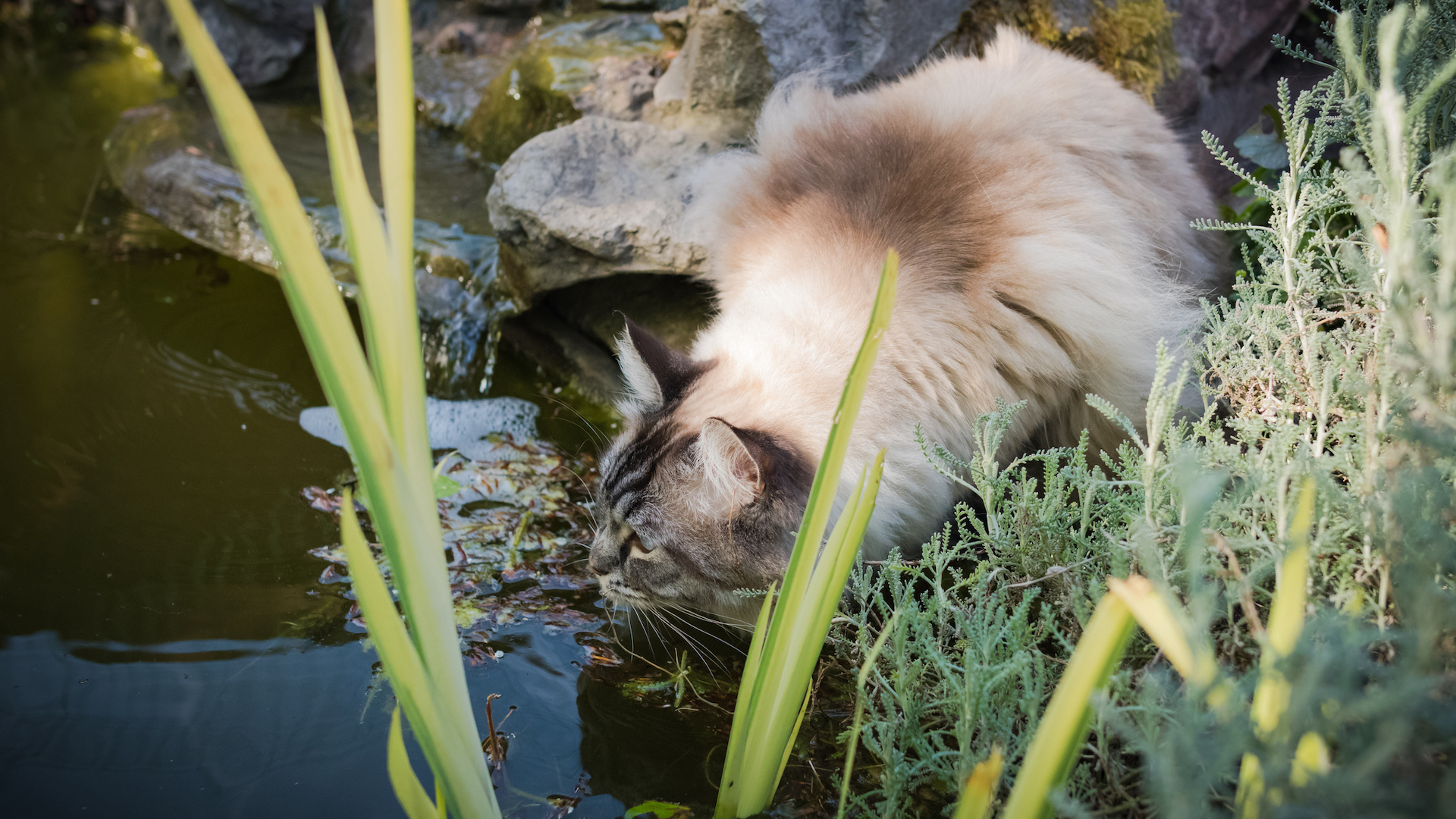
Many ragdoll cat owners report that their kitties love water – contrary to most cats. While most felines typically enjoy the movement of running water, many ragdolls seem to actively enjoy playing in water and even getting wet. Which is kind of handy when you have such luscious locks to look after.
29. Good with kids, pets and visitors
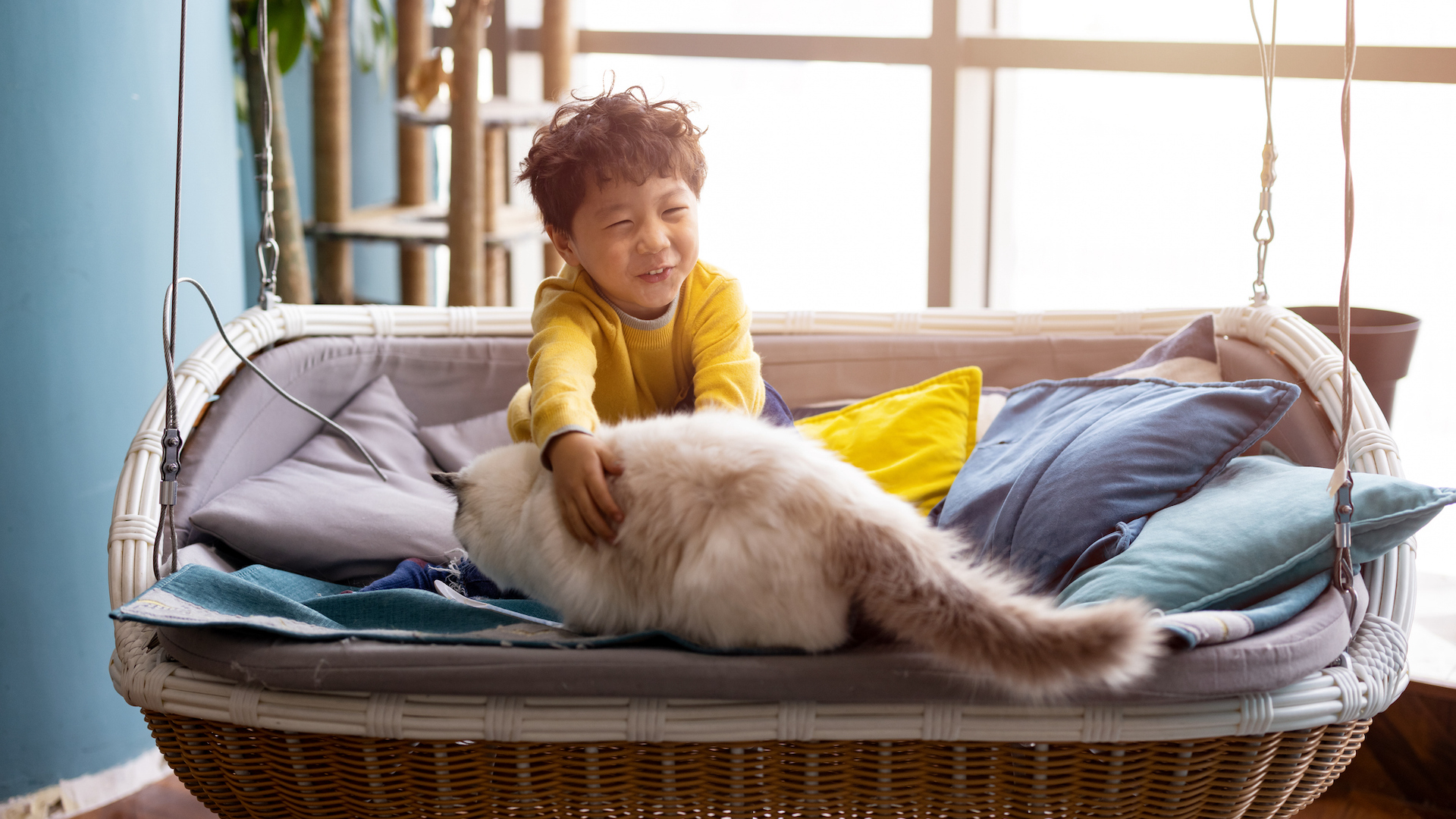
Ragdolls tend to welcome any companionship, including children and other pets – assuming they are responsibly introduced. Their friendly and easy-going personalities mean they typically welcome your friends into the home with open paws!
30. Cat converters

Do you know people who insist they are “dog people”? The ragdoll may be the cat to convert them. They are so disarming, with their piercing blue eyes, luscious fur, and delightful characters, it’s hard not to fall for them. Plus, they even behave like dogs – with their loyal, friendly nature.
31. Knickerbocker glory

The mature ragdoll develops wonderfully velvety knickerbocker-type pants on the hindlegs, as well as a bushy tail. Fluff-tastic!
32. The choice of celebrities

Ragdolls are the feline flavor of the moment, with the likes of Taylor Swift, Sylvester Stallone, and Dannii Minogue all proud owners.
Martha is an experienced journalist working in both print and digital media. She specializes in the canine, equine and rural sphere where she has covered a wide range of topics from cloning animals and the ingredients for a perfect yard dog, to helping owners find the best canine GPS trackers on the market. When she’s not busy writing about dogs and horses, she’ll be found either aboard a horse or looking after the menagerie of pets in her care.
